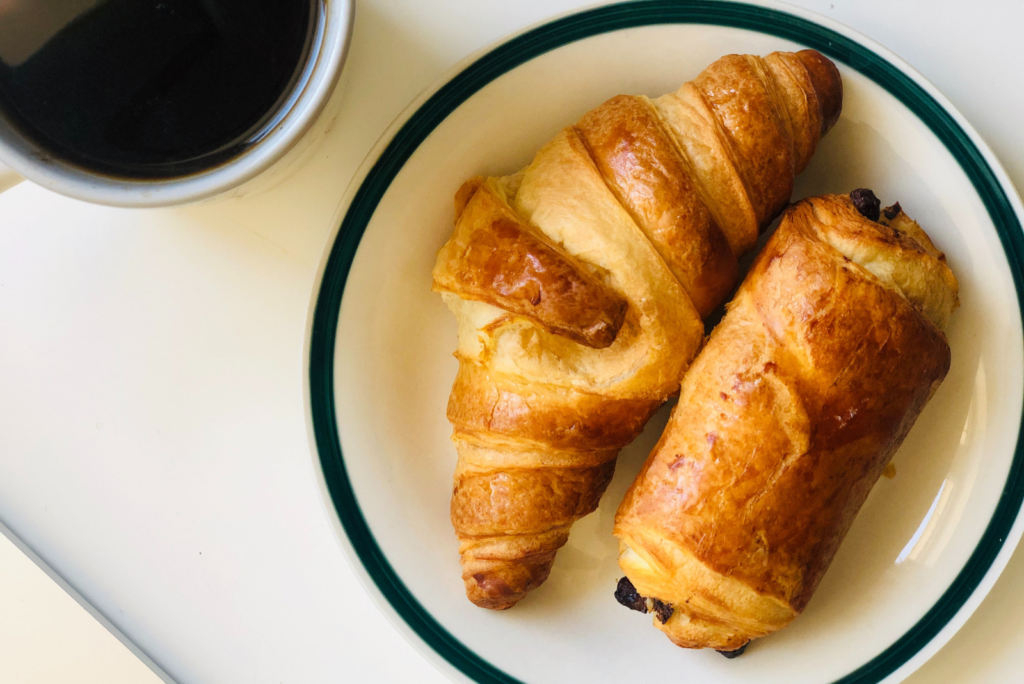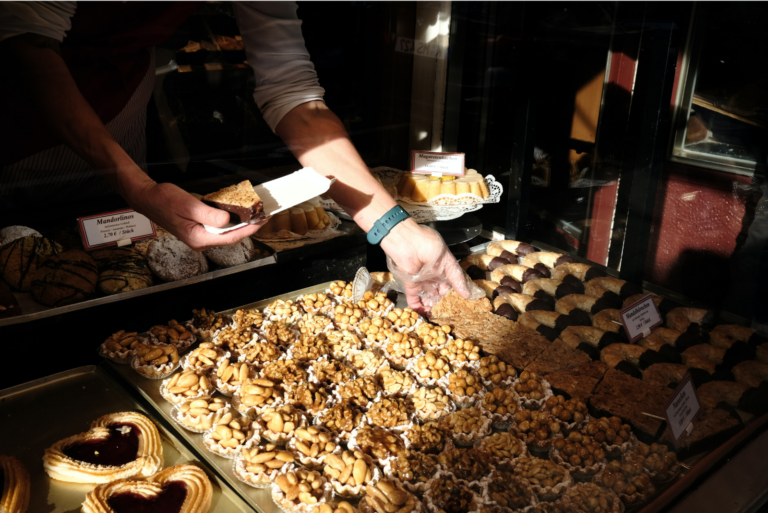BRUSSELS — Fedima, the federation of European manufacturers and suppliers of ingredients for the bakery, confectionery and patisserie industries, recently released findings from a consumer study conducted with Kirona, an international digital marketing agency.
The qualitative research examined consumer pastry consumption habits in France, Germany and UK, focusing specifically on Viennese pastries, cakes and fine pastries. The purpose of the study was to examine purchasing drivers and satisfaction to help drive future product development.
While the pandemic forced most consumers to work from home, it has now become a cultural phenomenon worldwide. Fedima’s research revealed that it has led to an increase in “sharing moments” with close friends and family. As restrictions slowly loosened, consumers gravitated toward local establishments such as bakeries and cafes where smaller items are sold. This allowed consumers to enjoy small gatherings close to home, while also helping local economies recover.
But as life has begun to look more like normal, sharing moments have given way to life on the go, as it was once known.









